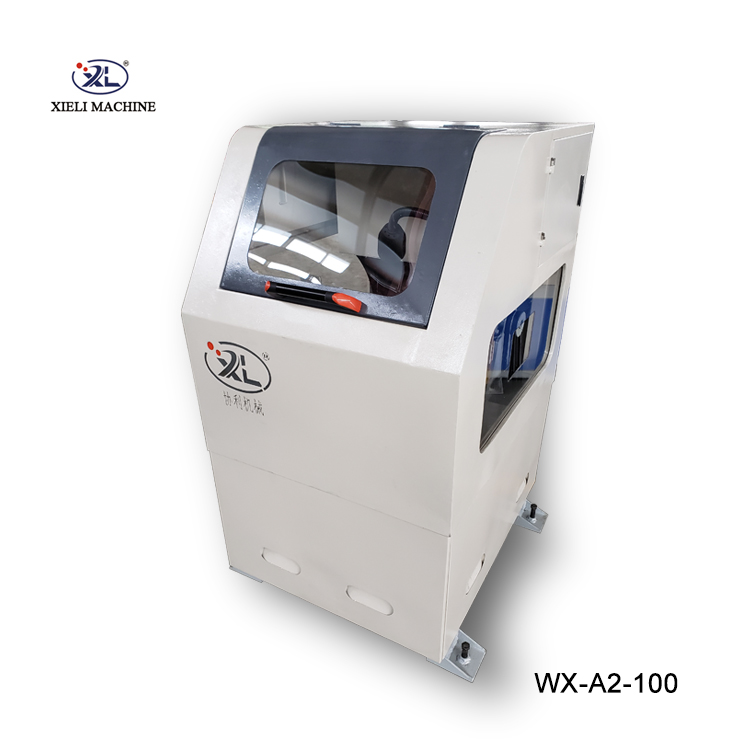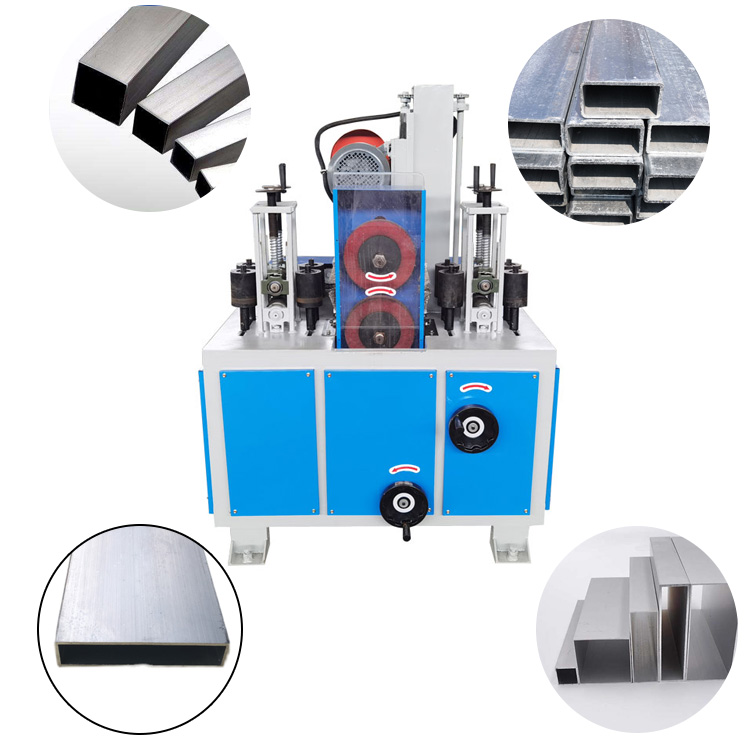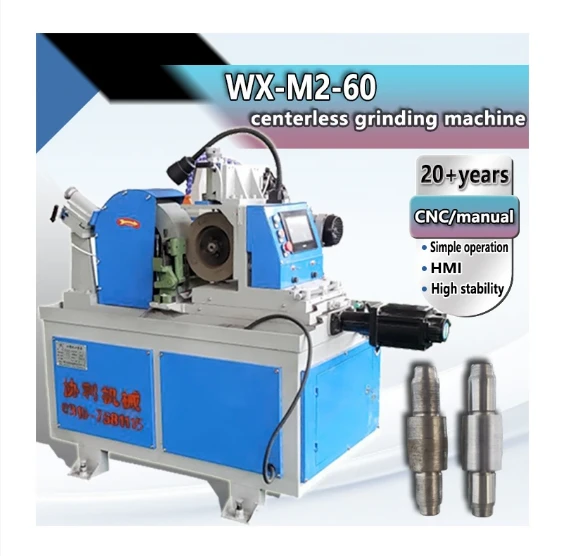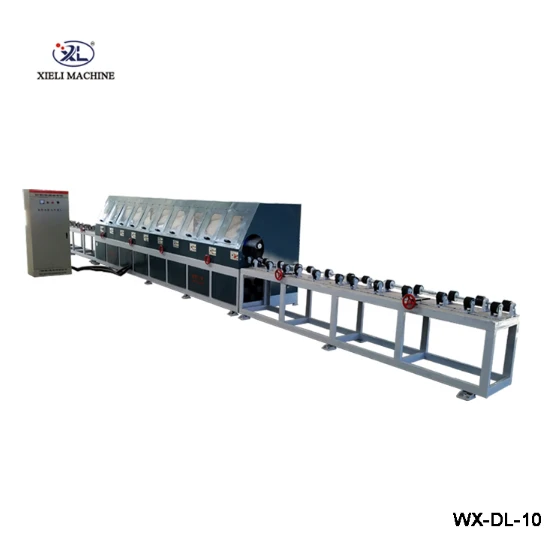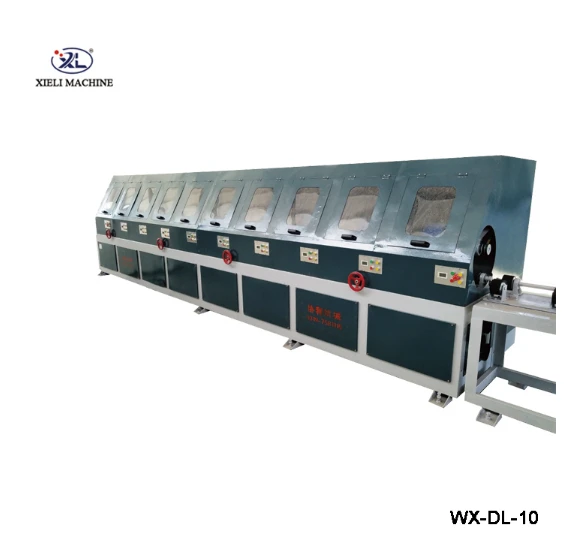The Art of Tube Polishing An Overview of Centerless Tube Polishing Machines
In the world of manufacturing, aesthetics and functionality are both vital components that influence the quality of the final product. Among the myriad of processes involved in metalworking, tube polishing holds a significant place, especially for industries that utilize stainless steel and other metals. The centerless tube polishing machine has emerged as a revolutionary tool in this field, offering efficiency, precision, and a superior finish that meets the demands of modern production.
The Importance of Tube Polishing
Tube polishing is essential for several reasons. First and foremost, it enhances the appearance of tubes, giving them a shiny, mirror-like finish that is vital for applications in the automotive, aerospace, and architectural sectors. Aesthetic appeal is particularly important in products that are visible to consumers, as a polished finish can indicate quality and attention to detail.
Beyond aesthetics, polishing also serves functional purposes. A smooth surface finish lowers the risk of corrosion by minimizing the accumulation of dirt and preventing the formation of pits and scratches. This is particularly critical in industries where hygiene is paramount, such as food processing and pharmaceuticals. Furthermore, polished tubes often exhibit improved mechanical properties, including increased strength and fatigue resistance.
Centerless Tube Polishing Machines A Game Changer
Traditionally, tube polishing was a labor-intensive process that required skilled workers and significant time investment. However, the advent of centerless tube polishing machines has transformed this landscape. Unlike conventional polishing methods that rely on fixtures and clamps, centerless technology allows for the continuous operation of workpieces. This means that tubes can be polished without the need for extensive setup, leading to increased productivity and reduced labor costs.
Centerless polishing machines consist of a series of rotating brushes or belts that are designed to move around the tube as it passes through the machine. This innovative design allows for a consistent polish that adheres evenly to the entire surface of the tube. Moreover, the automation of the process eliminates human error, resulting in a higher level of uniformity and precision in the finished product.
famous centerless tube polishing machine
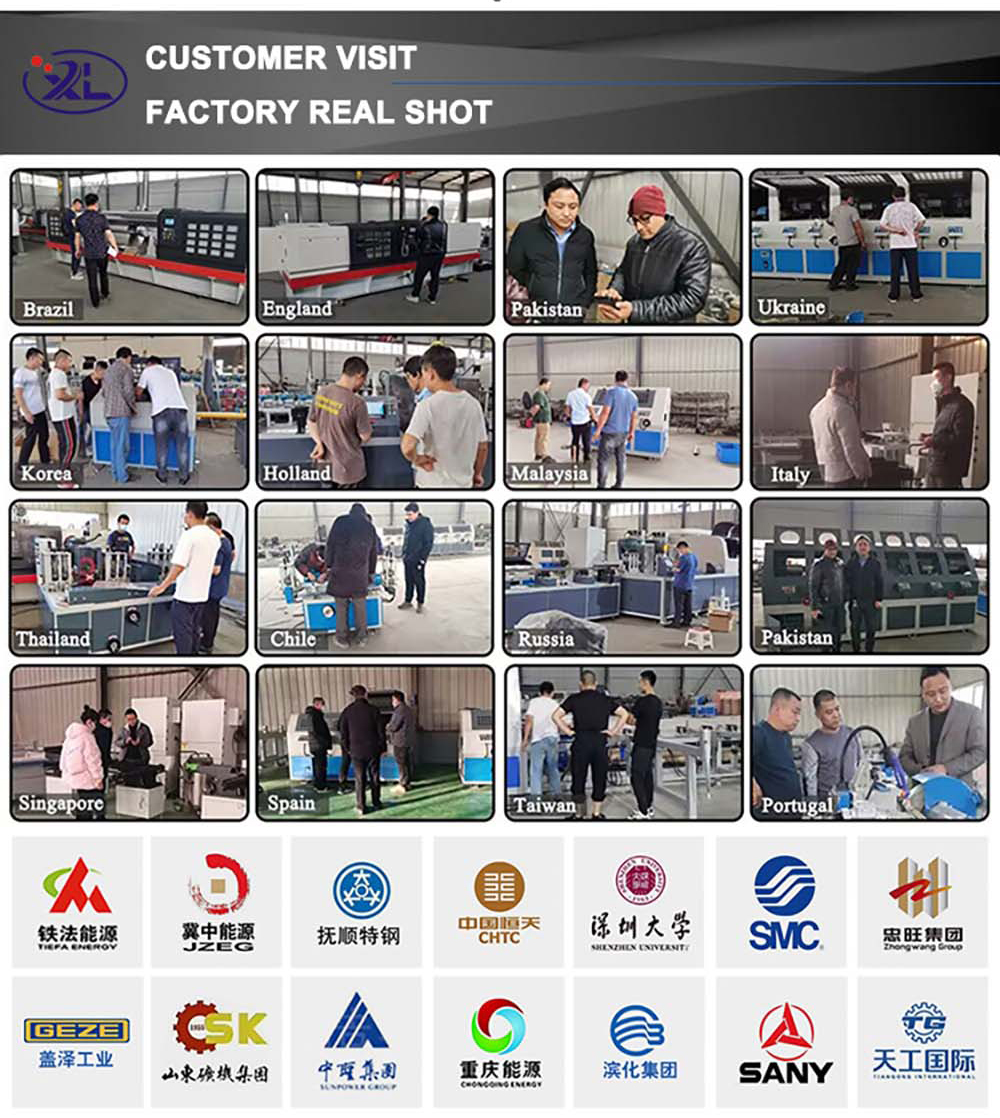
Key Benefits of Centerless Tube Polishing Machines
1. Efficiency Centerless tube polishing machines can handle multiple tubes simultaneously, drastically reducing production time. This efficiency is crucial in industries where large quantities of tubes are required in a short timeframe.
2. Consistency Achieving a uniform finish is challenging with manual polishing. Centerless machines deliver consistent results regardless of the operator’s skill level, which is critical for meeting industry standards.
3. Flexibility These machines can be configured to polish tubes of varying shapes and sizes, making them a versatile solution for manufacturers dealing with different products.
4. Cost-Effective The reduction in labor costs, combined with increased production rates, makes centerless tube polishing machines a financially appealing option for manufacturers looking to optimize their processes.
5. Quality Control With automation comes better quality control. Modern centerless machines are often equipped with sensors and analytical tools that can detect surface imperfections and adjust the polishing parameters accordingly.
Conclusion
In conclusion, the centerless tube polishing machine has established itself as a vital tool in the metal fabrication industry. By combining efficiency with quality, it enables manufacturers to produce high-standard polished tubes that meet both aesthetic and functional requirements. As industries continue to evolve, the demand for such advanced machinery will undoubtedly grow, solidifying the position of centerless tube polishing machines as indispensable assets in modern manufacturing. With their ability to adapt to various processes and materials, they are paving the way for the future of tube polishing and the broader field of metalworking.

